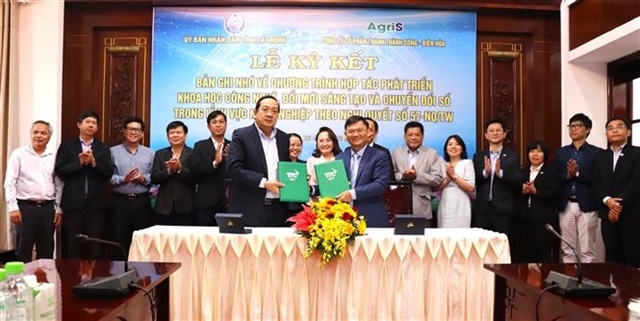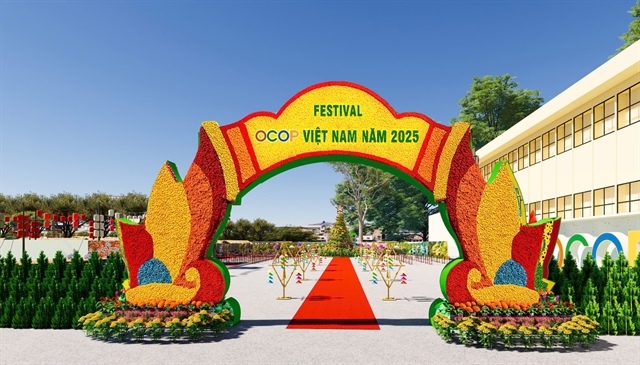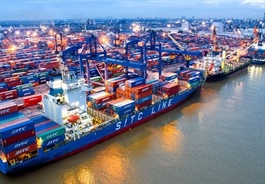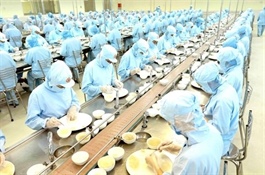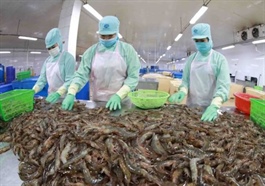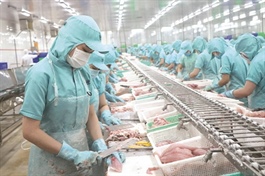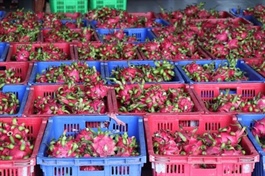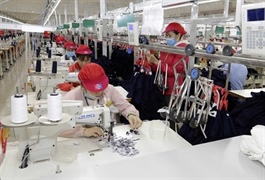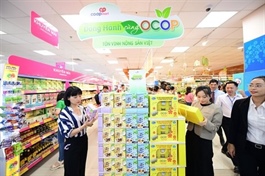Korean food firms eye Việt Nam as a potential market
Korean food firms eye Việt Nam as a potential market
South Korea’s food industry targets Việt Nam as a premier market for K-Food as companies entering the Southeast Asian country early continue to consider it a key market for their overseas business operations, said insiders.

Korean food products at a convinience store in Hà Nội. — Photo deliveryk.com |
In June, Korean food maker Daesang spent 30 billion Korean won (over US$21.7 million) on expanding its plant in Việt Nam, aiming to double its annual production capacity.
Daesang has four factories in Việt Nam, specialising in producing convenience foods, ready-to-eat foods and sauces, maltose and tapioca starch, and processing fresh meat. Last year, the firm earned 201.6 billion won in revenue in Việt Nam, a twofold rise from the figure five years ago.
In April, Paldo Corporation completed the construction of its second factory near the southern province of Tây Ninh. This demonstrated its plan to establish a production belt spanning the country's North to the South.
In the future, the company plans to further expand the facilities of its second factory to increase the production of instant noodles and use it as a base for exporting to neighbouring countries. In 2023, the revenue of its subsidiary Paldo Vietnam reached 79.7 billion won, up 17.4 per cent year-on-year.
Việt Nam is also chosen by Ottogi as an establishment to promote its global business operations and expand its business. Currently, Ottogi owns two factories in Bắc Ninh and Bình Dương provinces. Recently, Ottogi introduced the "Oppa Ramen" product specifically for the Vietnamese market.
Among other well-known brands of the RoK in Việt Nam, Orion stands out with sales reaching 500 billion won. In 2023, Orion Vietnam reported a total revenue of 475.5 billion won, surging by 62.8 per cent compared to 2020. Thanks to its continuous growth in Việt Nam, the enterprise is expanding its investment, including constructing more factories.
CJ CheilJedang is developing its fresh food business, focusing on frozen food, in Việt Nam. It invested 30 billion won to establish an integrated production facility in the Mekong Delta province of Long An in 2022, and the firm plans to invest 100 billion won in its additional facilities next year.
After declaring its "globalisation of soju" initiative in 2016, Hite Jinro aims to achieve 500 billion won in revenue from soju sales in foreign markets. The company has chosen Việt Nam as its first overseas production base and decided to establish a manufacturing plant in the Green i-Park Industrial Complex in the northern province of Thái Bình.
Hite Jinro's factory in Việt Nam is scheduled to be completed by 2026, targeting one million products per year. This facility is expected to be expanded in the future and serve as a hub for the Southeast Asian market.
Insiders attributed the Korean food industry’s attention to the Vietnamese market to the Southeast Asian nation’s young population structure, which holds great consumption potential.
Việt Nam is said to be a market where the Korean food sector has successfully penetrated and established strong recognition.
Recently, the popularity of K-pop and K-culture has also boosted the popularity of K-food. To keep pace with this trend, Korean enterprises are increasing their investments in Việt Nam, including expanding their facilities.



